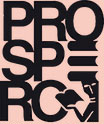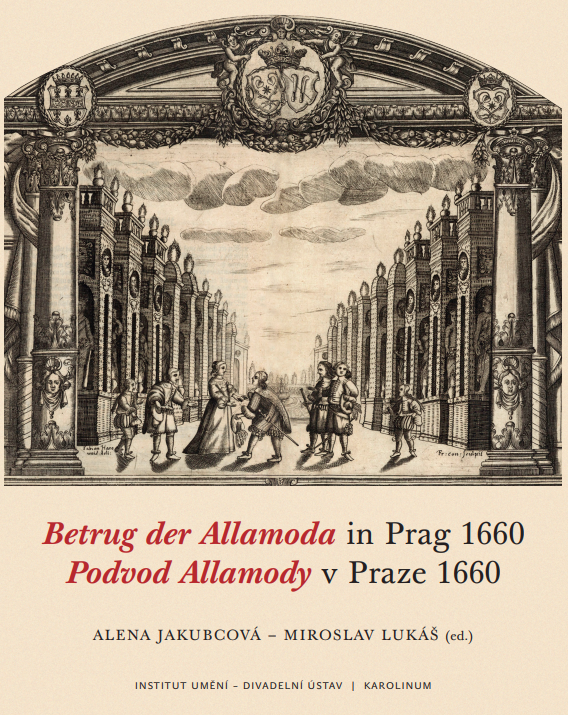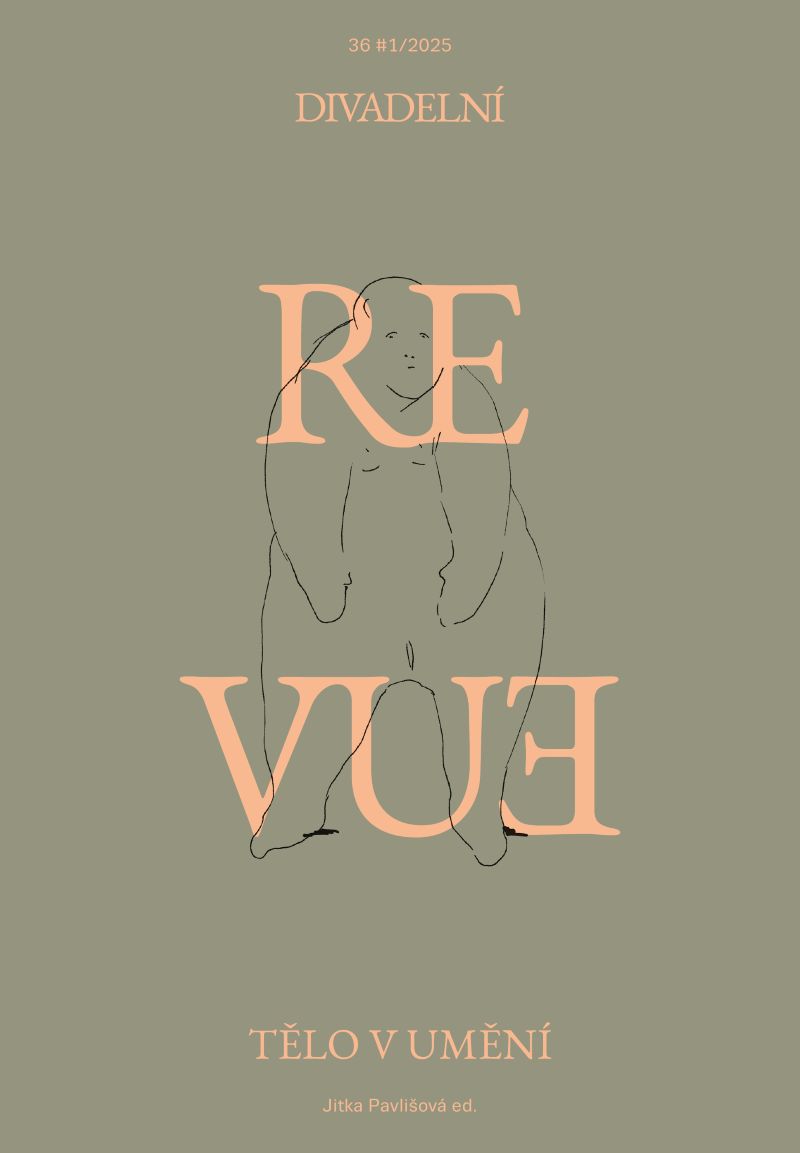Theatre Revue 2/2024
200 Kč
The second issue of the groundbreaking 35th year, when the journal Divadelní revue switches to Open Access mode and opens up to interdisciplinary access. Issues are structured thematically; themes are approached from the perspective of theatre studies as well as other disciplines. We also advocate openness to different methodological approaches. Theatre Revue remains a peer-reviewed expert periodical (included in the SCOPUS database) and is still published by the ATI Cabinet for the Study of Czech Theatre.
Out of stock
Description
The current issue of Divadelní revue focuses on the topic of scenography, in the broadest possible concept and with the greatest possible historical scope. It also partly returns to the Prague Quadrennial and recalls the symposium of the Scenography Working Group IFTR/FIRT. It is dedicated to Eva Šormová, long-time head of the Cabinet for the Study of Czech Theatre, initiator of the Divadelní revue and former organiser of the SWG IFTR/FIRT symposium, who would have turned eighty this year.
In terms of the time span, the issue covers scenography from the Baroque to contemporary trends: in their essay “Forest, Palace and Heaven on the Jesuit School Stage .Scenic devices and stage actions in Georg Auschitzer’s play about St. Stanislaus and St. Wenceslas (Svídnice 1703) “, Martin Bažil and Kateřina Bobková-Valentová present new insights into Jesuit stage practice.
In this issue, scenography is illuminated from the Baroque to contemporary trends: in their essay The Forest, the Palace and the Sky on the Jesuit School Stage, Martin Bažil and Kateřina Bobková-Valentová present. Scenic devices and stage actions in Georg Auschitzer’s play about St. Stanislaus and St. Wenceslas (Svídnice 1703) provide new insights into Jesuit stage practice.
The connection between Baroque opera and contemporary staging and scenographic tendencies is the subject of Šárky Havlíčková Kysová’s study Endangered Heart: Image Schemas as the Organising Principle of Direction-scenographic Concept for Brno Production of Händel’s Alcina. Dorota Jarząbek-Wasyl’s text Actors’ Scripts turns to the nineteenth century. From Handwritten Marginalia to Acting Practices of the Nineteenth Century.
Twentieth and twenty-first century scenography is represented by several texts, including Natalie Cierniak’s article in Materials – Exploring the Influence of Stage Managers’ Reports on Theatre Research: A Case Study of Archival Documents – focuses on the significance of inspection records in Polish theatre from 1972-1982, which were originally used to monitor operational matters.
Věra Velemanová’s study The last joint opus of Ewald Schorm and Jan Dušek. Action Scenography at the Crossroads builds on some of the author’s texts published in previous issues and editions of Theatre Revue, dealing with the work of the stage designer Jan Dušek. This time, it reflects on the set design for the production of Roland Harwood’s play Garderobier, which became the designer’s last collaboration with director Evald Schorm at Divadlo Na zábradlí (1987).
Tomáš Kubart’s study of Vratislav Effenberger’s theatrical studies from the 1970s and the question of their commissioner, which focuses on the texts of the literary theorist and art historian, the leading figure of the Surrealist Group and editor of the surrealist review Analogon, also turns to the second half of the twentieth century.
Kristýna Kovyršina focuses on the heated present from the point of view of scenography in her study Continuous Site Specific, which places scenography not only in the context of theatre studies, but also in the context of contemporary visual art.
Iva Mikulová’s essay reflects on contemporary productions of classical drama on the stages of large theatre houses.
In the section Desiderata, Berenika Zemanová recalls the travels she has undertaken and the archivists she has met during her nine-year research on the personality of the nobleman Leopold Lažanský. With insight and wit, she reveals on a more general level what research work entails.
For the sake of variety and the greatest possible time span, we have decided to bring two interviews in this issue. The first, led by Věra Velemanová, concerns this year’s double anniversary of the stage designer and architect Vlastislav Hofman (1884-1964). A rather personal reminiscence with Hofman’s grandchildren – his granddaughter Adriana Skálová and her brother Leonard Ragusa, is accompanied by family photographs and excerpts from Hofman’s unpublished hand-drawn catalogue of his own stage design works.
The second interview was conducted by Amálie Bulandrová with costume designer Simona Rybáková, who inspires with her breadth of vision and her desire to understand costume design in a historical context, in a kind of constant “mode of timelessness.” This is also her approach to the paths taken by the Prague Quadrennial.
In addition to the reviewed book titles, the whole issue is rounded off by a “report” on the aforementioned symposium of the Scenography Working Group, which took place in June 2023 in cooperation with the Cabinet for the Study of Czech Theatre and the Department of Theatre Science of the Faculty of Arts, Charles University.
“In this issue, we present scenography not only as a metaphorical representation of the world, but also as an active part of the theatrical performance that is in constant interaction with the actor’s body. We reflect on the diverse approaches of scenography that animate theatrical creation and connect contemporary and historical practice,” the editors of the current issue of Theatre Review, Šárka Havlíčková Kysová and Věra Velemanová, summarize their intentions.







